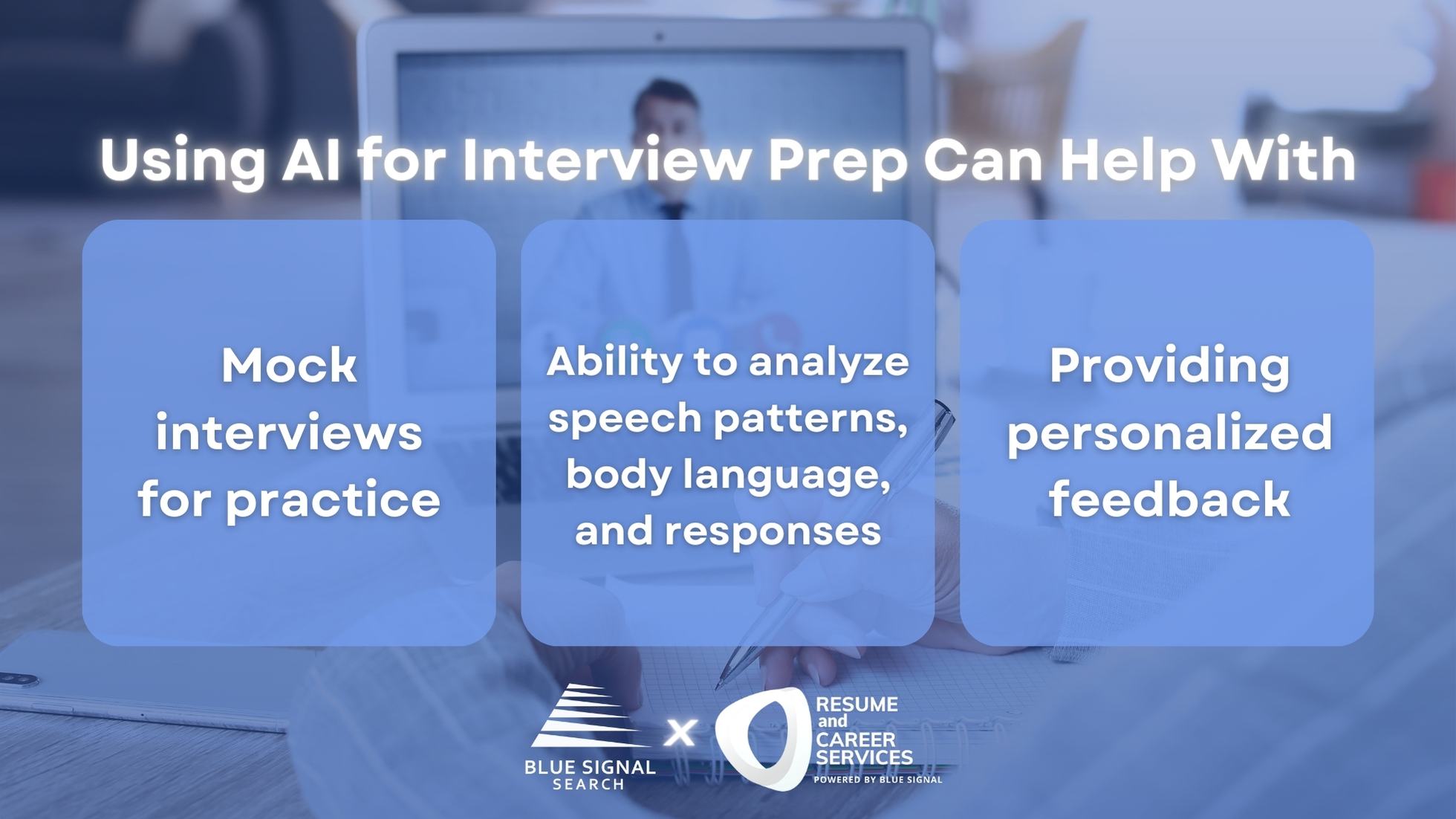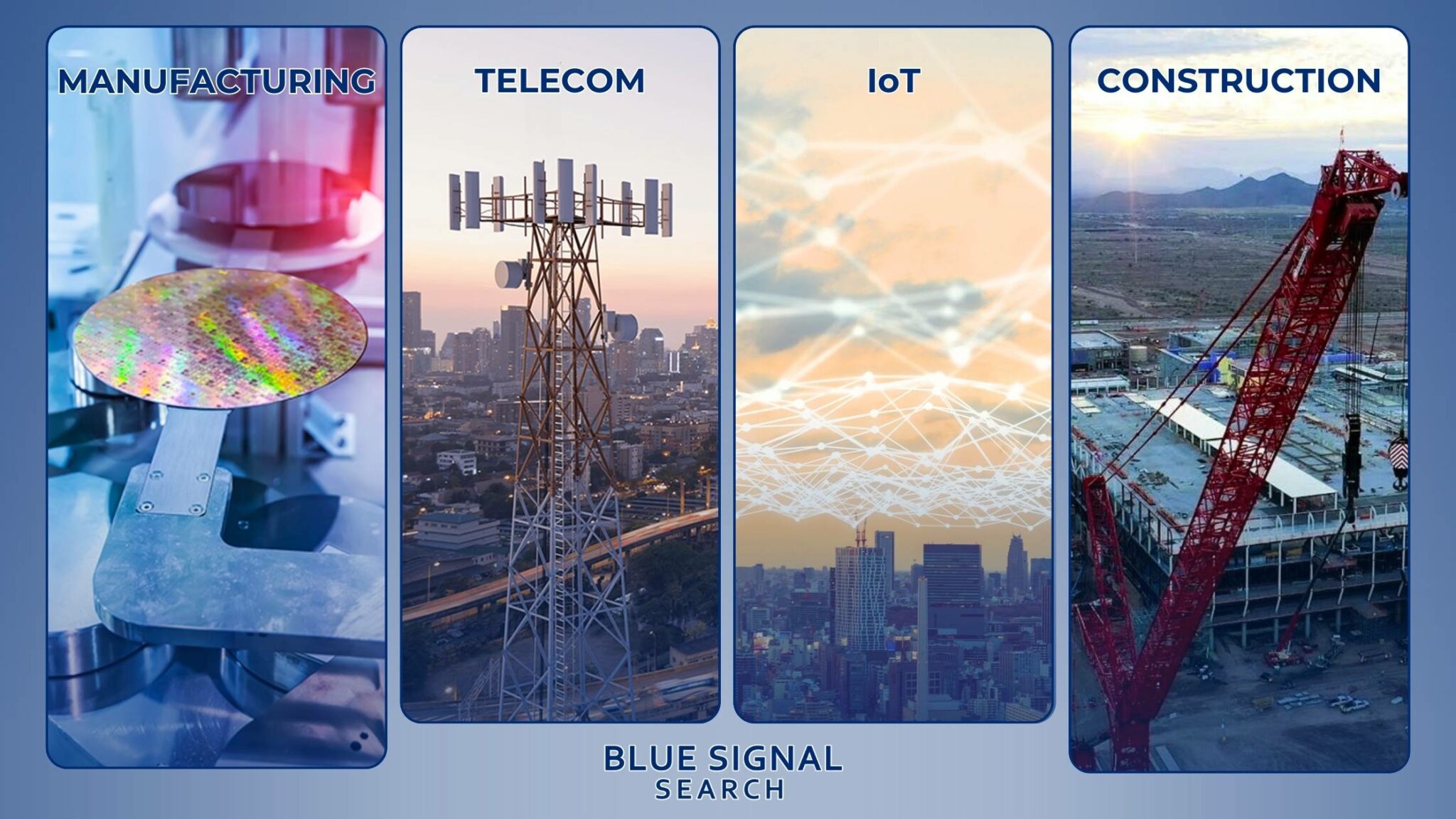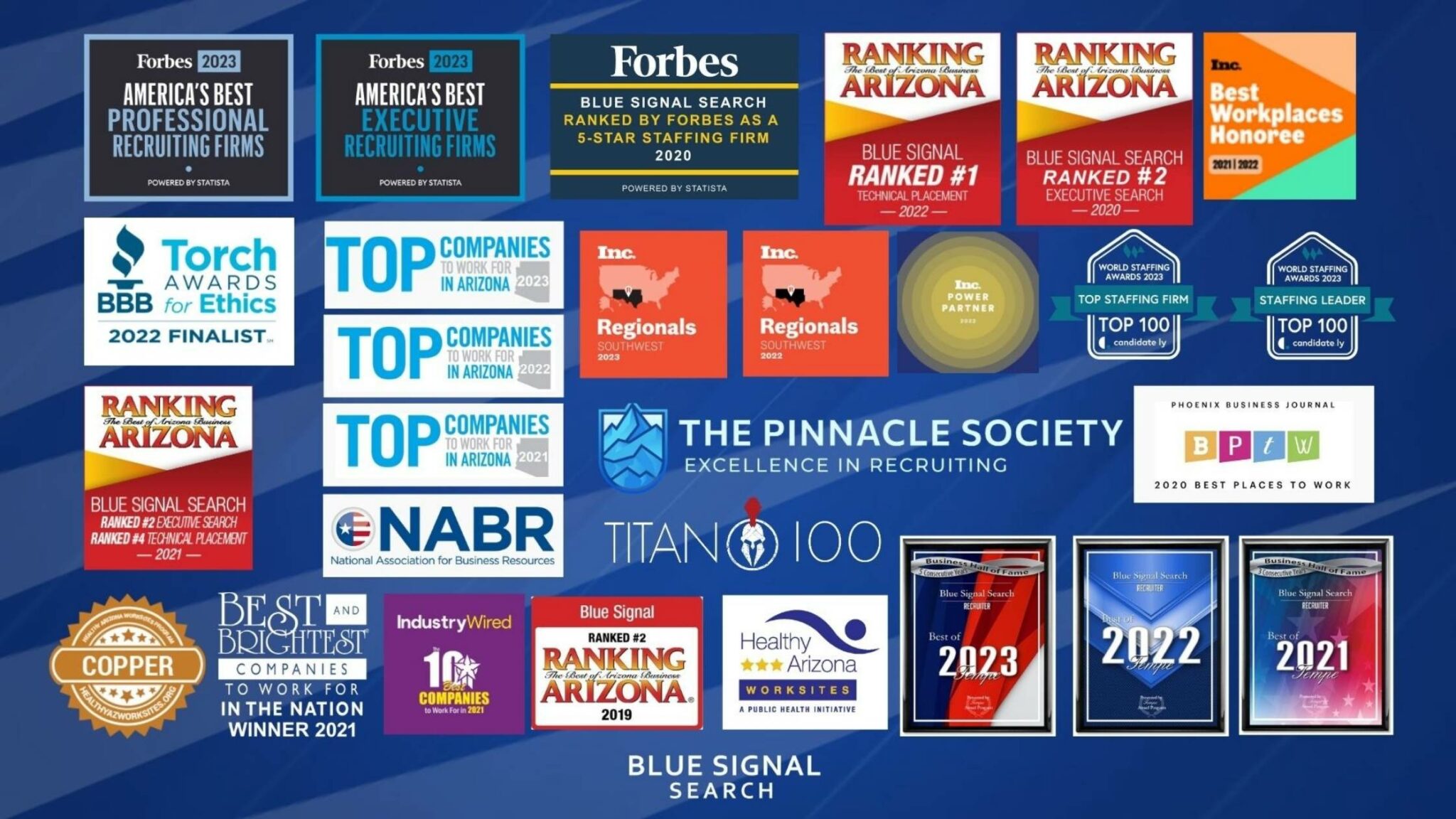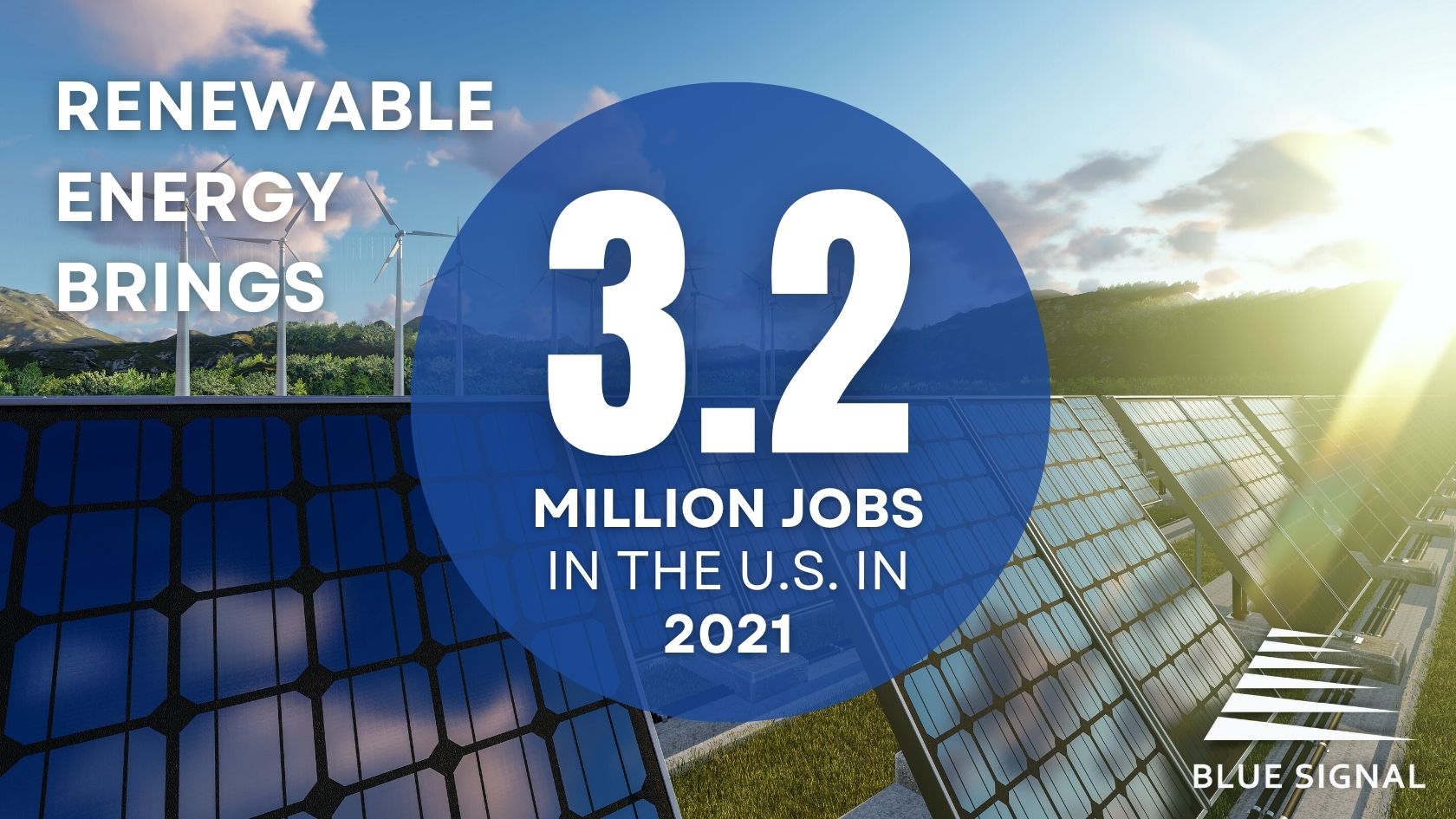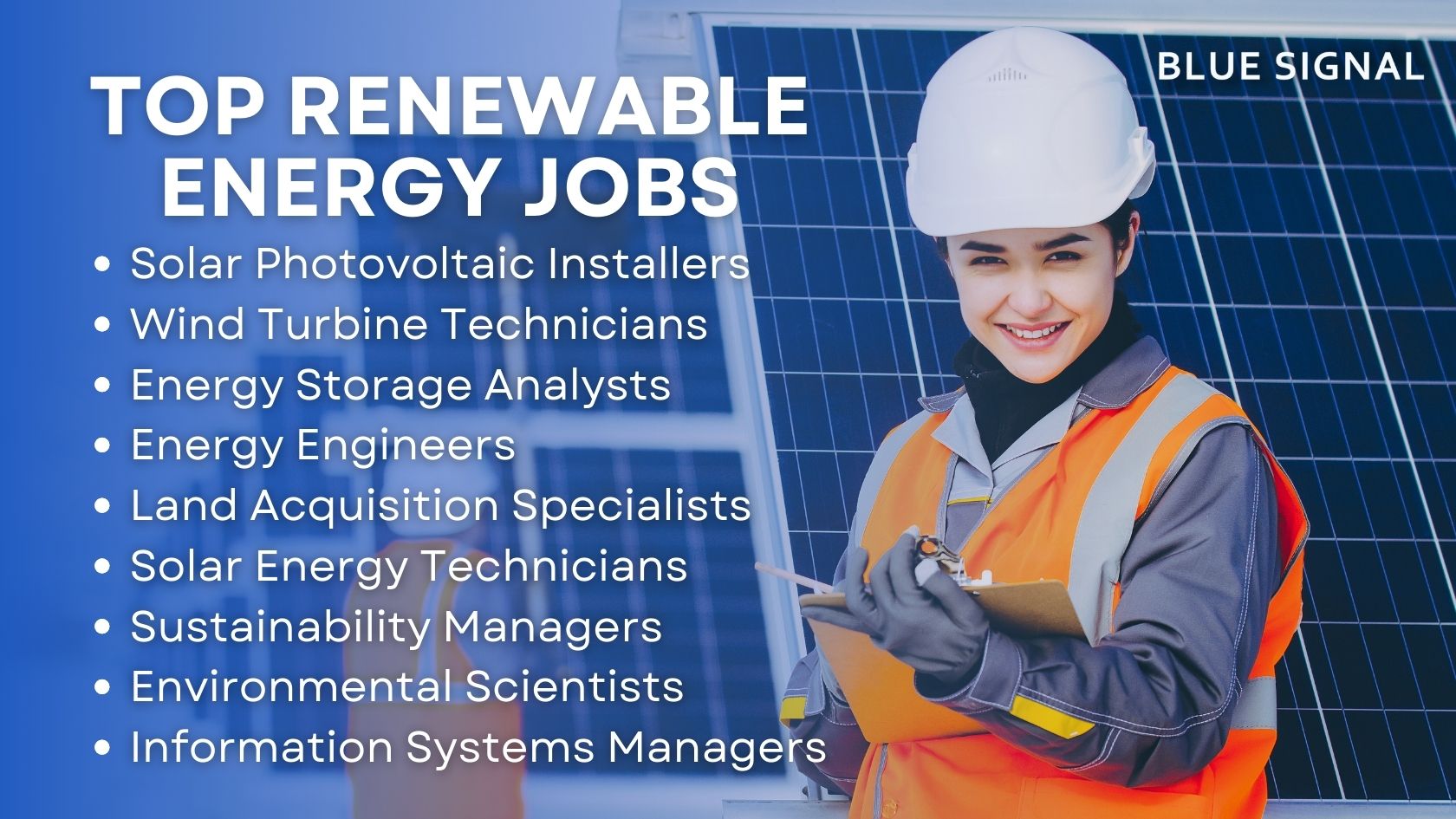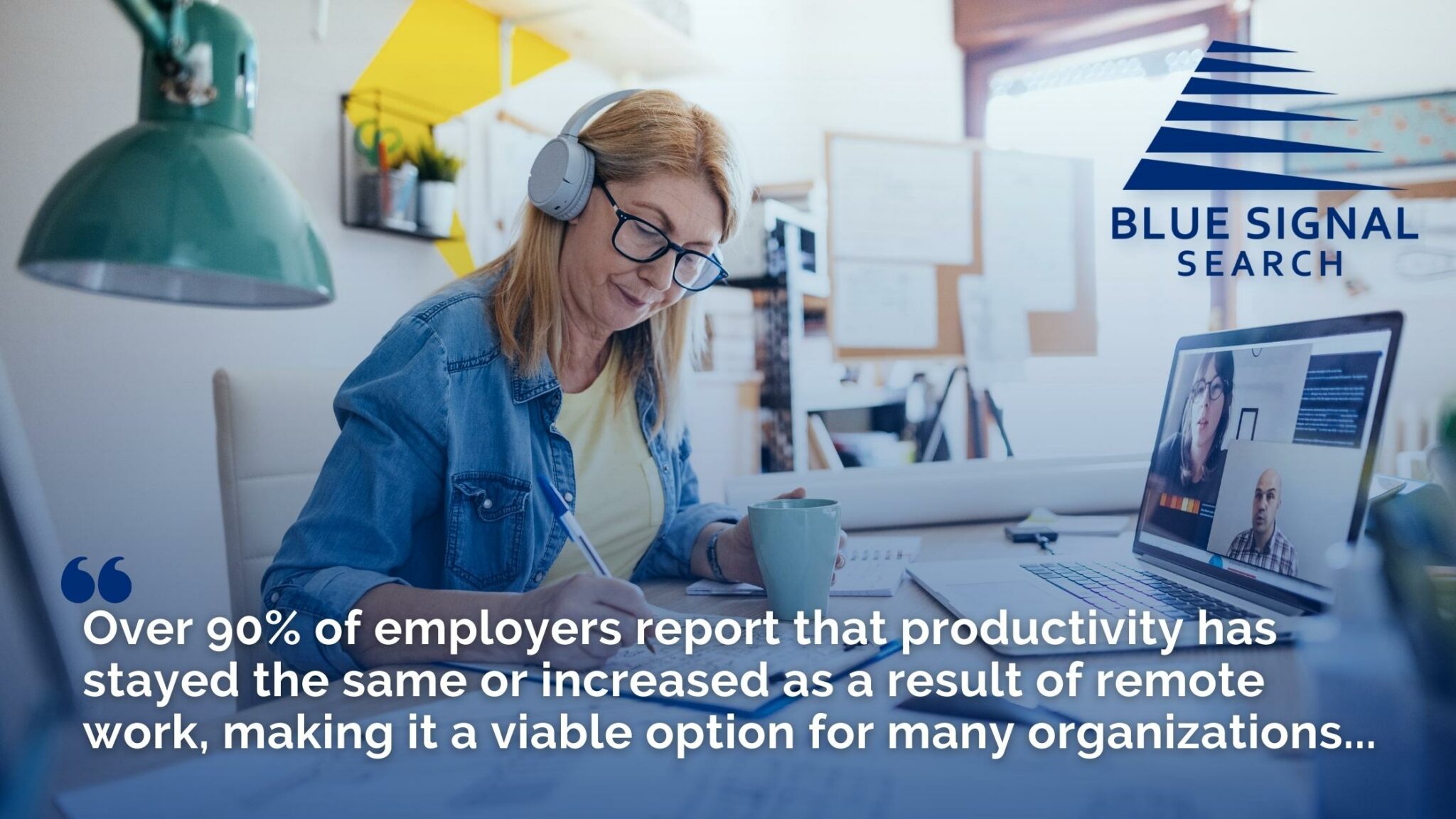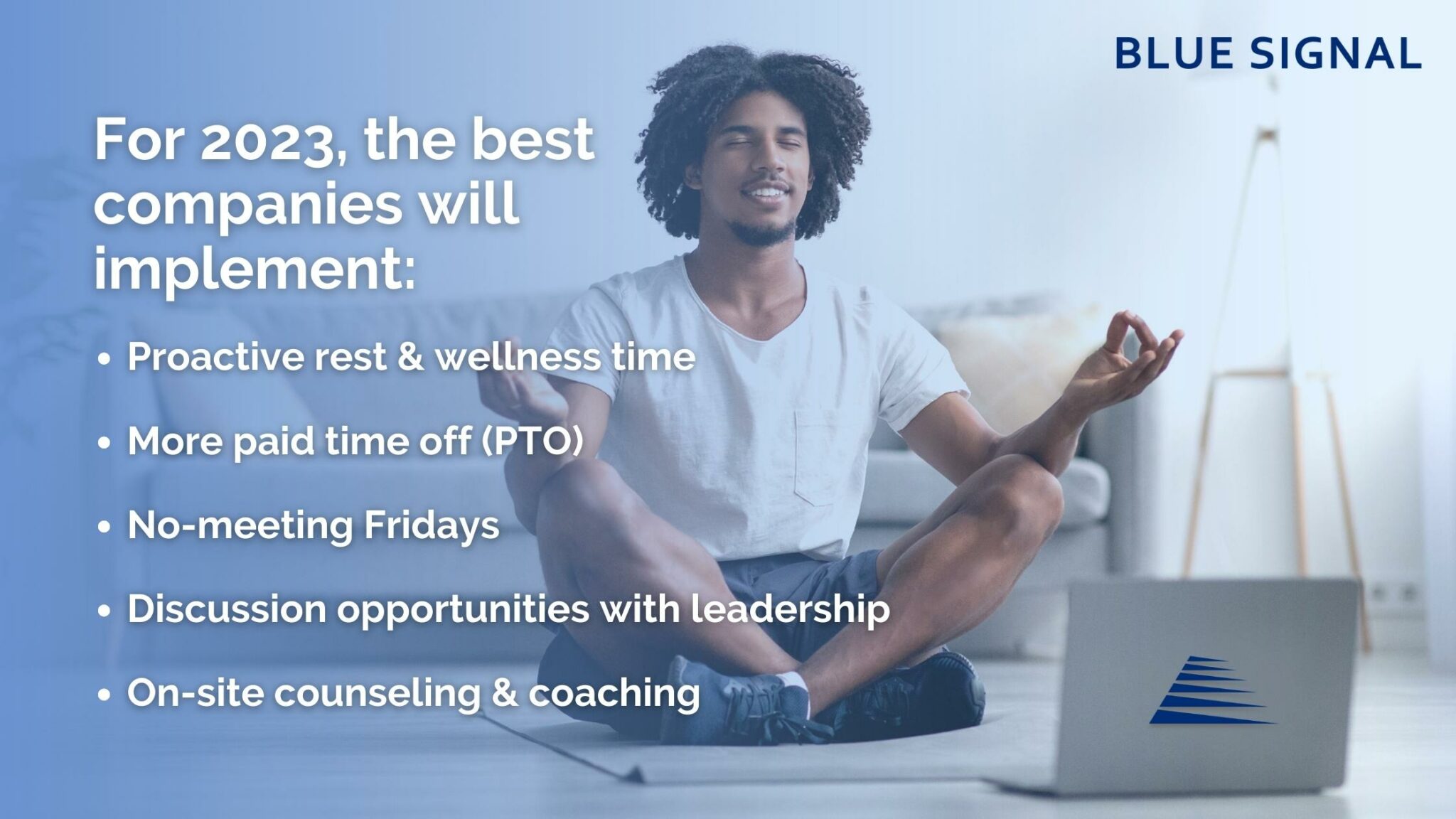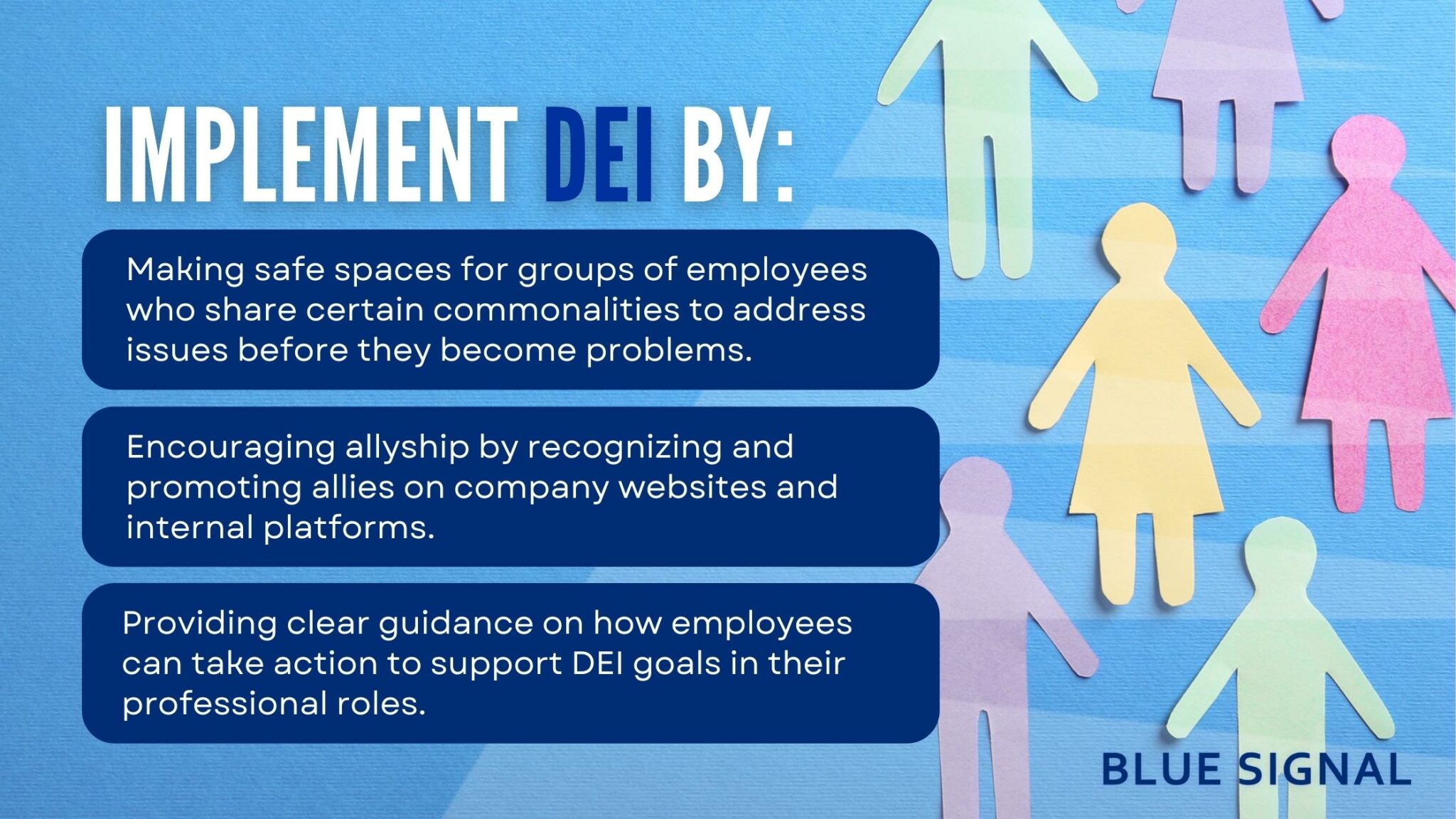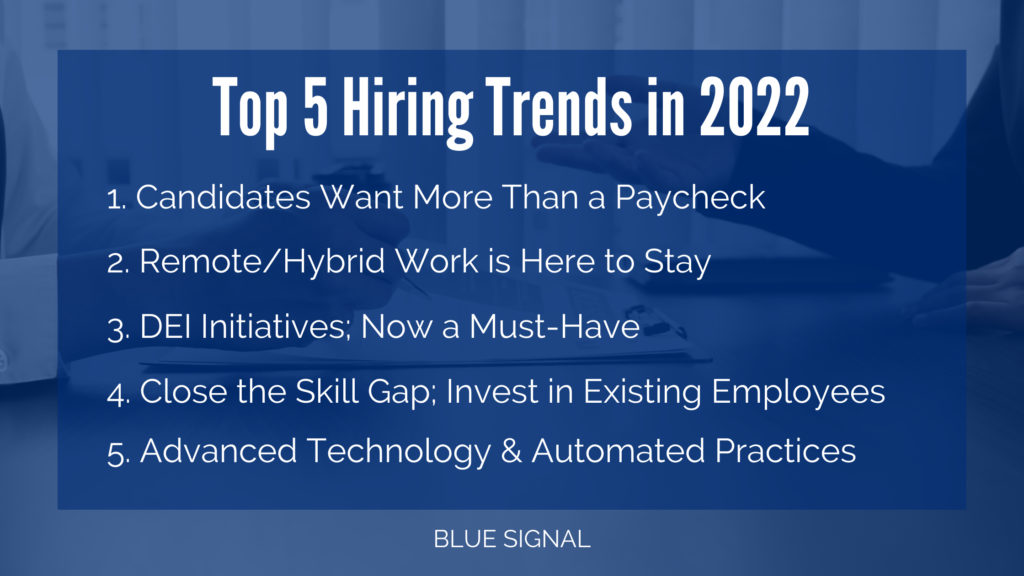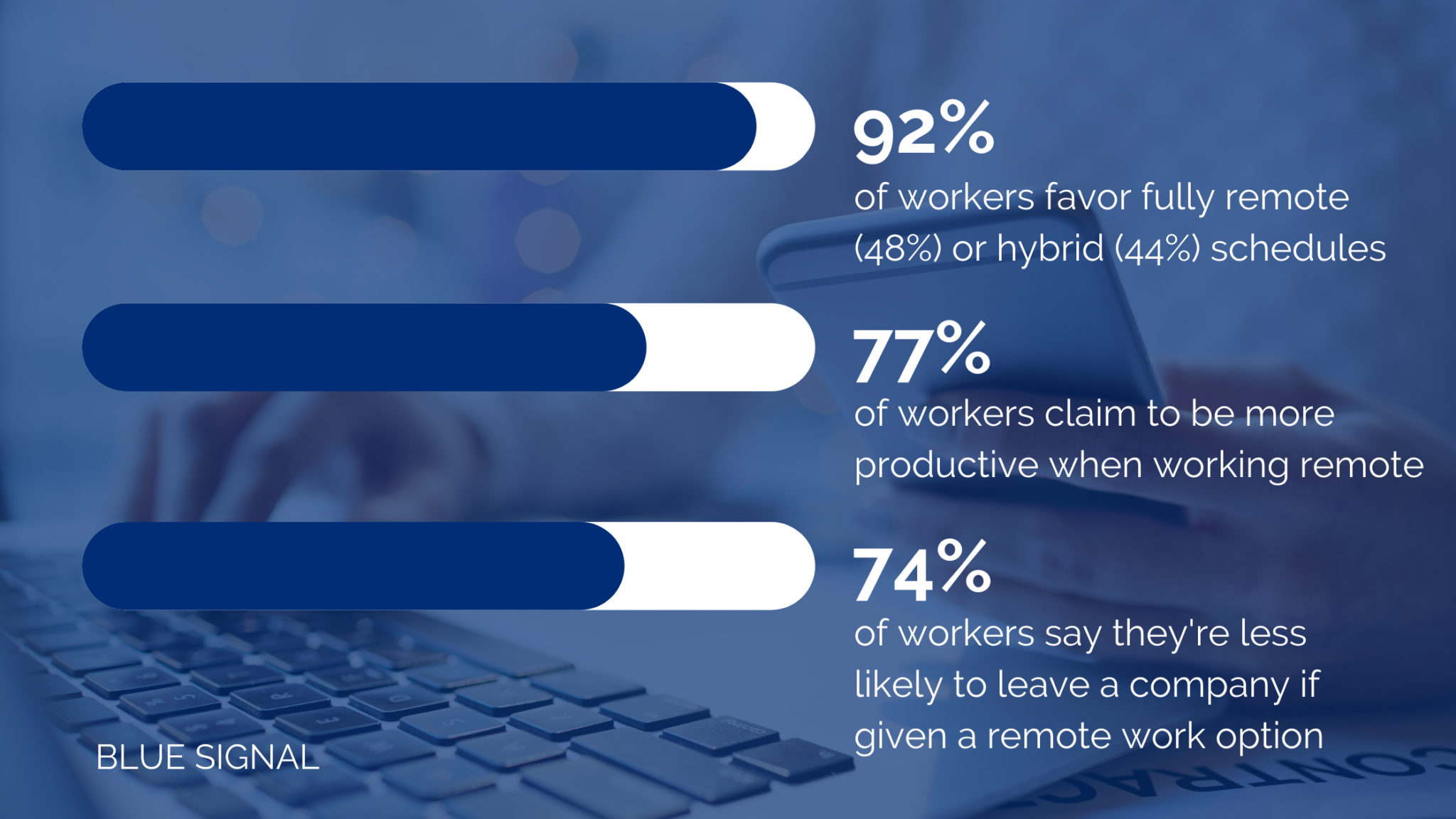Are you keeping up with the latest legal recruitment trends? The legal sector is buzzing with activity! According to the US Bureau of Labor Statistics, legal occupations are set to grow faster than average through 2032, promising about 91,700 openings each year. From the rise of legal specialties like technology law and environmental law to shifts toward flexible work models, the field is quickly transforming. These changes are reshaping how firms hire, pushing them towards innovative recruitment strategies to attract the sharpest minds. In this blog, we’ll take a closer look into these trends, explore how they're transforming the legal profession, and offer actionable insights for firms looking to stay ahead. Ready to reform your hiring approach? Let’s get started!
Emerging Legal Specialties and Their Impact on Hiring
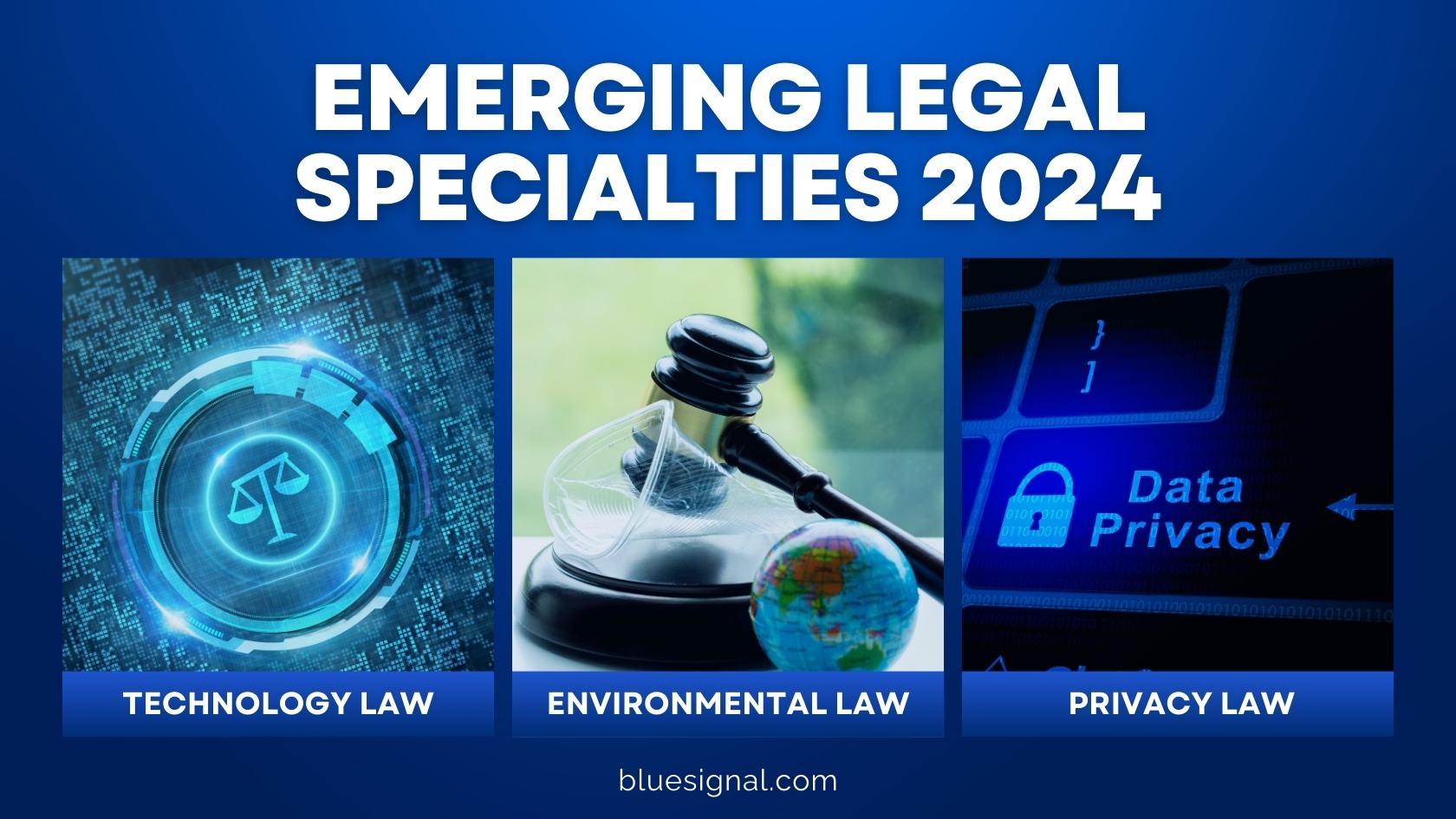
As legal recruitment trends evolve, several legal specialties are on the rise. These new legal specialties are not just growing, but they're reshaping how law firms think about hiring. From the intricate nuances of technology law, spurred by advancements in artificial intelligence, to the urgent demands of environmental law in the face of global climate challenges, the legal profession is expanding its reach. These areas each bring their own set of challenges and opportunities, driving the demand for a new breed of legal professionals. Here’s a closer look at the emerging legal specialties in 2024:
- Technology Law: With the increasing integration of AI in legal processes, there's a growing need for professionals who understand both technology and legal principles. Harvard Law experts highlight that AI is set to revolutionize practices from contract review to litigation strategy, increasing the demand for tech-savvy legal experts.
- Environmental Law: As global environmental regulations tighten, the demand for legal professionals skilled in navigating and shaping environmental laws is surging. Firms are looking for lawyers who can advise on green initiatives and sustainability practices to help clients mitigate environmental risks.
- Privacy Law: In our digital age, privacy continues to be a paramount concern. Experts from Leaders in Law note the expanding need for legal professionals who specialize in data protection and cybersecurity, reflecting the critical importance of safeguarding personal information.
Law firms are now prioritizing candidates who not only bring specialized knowledge but also a commitment to continual learning and professional development. This shift in hiring emphasizes a broader trend within legal recruitment, a move towards more dynamic, adaptable, and technically skilled legal professionals. As these specialties evolve, they not only shape the roles firms need to fill but also the criteria they use to evaluate potential hires.
Law Firm Strategies for Attracting Specialized Talent
As fields like technology law, environmental law, and privacy law expand, keeping pace with legal recruitment trends is crucial. Finding the right talent in these emerging legal specialties requires law firms to adopt innovative recruitment strategies that go beyond traditional methods. Law firms must refine their approaches to source and attract professionals equipped to handle these niche areas. Here’s how firms can enhance their recruitment tactics:
1. Leverage Industry Networks and Partnerships:
Strong ties with academic institutions and professional groups in specialized fields aren’t just good PR, they’re gold mines for talent. Building strong relationships with universities, legal associations, and professional groups that specialize in these emerging areas can provide a steady pipeline of qualified candidates. Engaging with these networks through guest lectures, sponsorships, and active participation in events can position your firm as an attractive employer within these specialized fields.
2. Utilize Targeted Recruitment Campaigns:
Aligning with the latest legal recruitment trends, develop recruitment campaigns that speak directly to the unique aspects of these specialties. Use specialized job boards, legal publication advertisements, and social media platforms to reach candidates who are specifically skilled in areas like AI legal applications or environmental compliance. Highlighting case studies or successful projects in these fields can also draw attention to your firm’s expertise.
3. Invest in Continuous Learning and Development:
Show potential hires that your firm is committed to staying at the forefront of legal advancements. Offering continuous professional development opportunities, certifications, and training in these specialties can attract ambitious legal professionals who are eager to advance their expertise.
4. Employ Smart Tech for Smart Hiring:
Adopt technology solutions that can enhance talent discovery and recruitment processes. Tools like AI-driven applicant tracking systems, which can identify candidates with specific skill sets and experiences, or software that scans for emerging talent trends, can be particularly effective. However, be cautious—these systems can sometimes overlook exceptional talent due to rigid screening algorithms. It's vital to maintain a balance and ensure these tools are used judiciously and employees receive proper AI training.
5. Team Up with a Specialized Legal Recruiter:
Sometimes, you need a specialist to find a specialist. Partnering with recruiters who have a deep understanding and network within these legal specialties can significantly streamline the hiring process. Recruiters can provide valuable insights into the candidate market, help negotiate offers, and ensure a good fit between the candidate and the firm’s culture and goals.
By integrating these strategies, law firms can more effectively find and attract the specialized talent needed to navigate the complexities of emerging legal fields, ensuring they remain competitive and innovative in a rapidly changing legal landscape.
Adapting to the Demand for Flexibility in Legal Work Environments
Just as new legal specialties are emerging, so is the demand for hybrid and remote work settings, a key theme in today’s legal recruitment trends. Modern legal talent is opting for flexibility and work-life balance, which is why this pivotal hiring trend is getting its own spotlight in this discussion. This shift is driving law firms to rethink how they operate, ensuring they can attract and retain talent who are looking not only for career advancement but also for a work culture that aligns with their lifestyles.
For law firms, the key to a successful hybrid model lies in balancing flexibility with the firm's core operational needs. Technologies that facilitate remote collaboration and communication are essential, but so is the need to keep remote team members fully integrated into the firm's culture. Initiatives like virtual town halls, online training sessions, and digital networking events can help bridge the physical gap between remote and in-office staff.
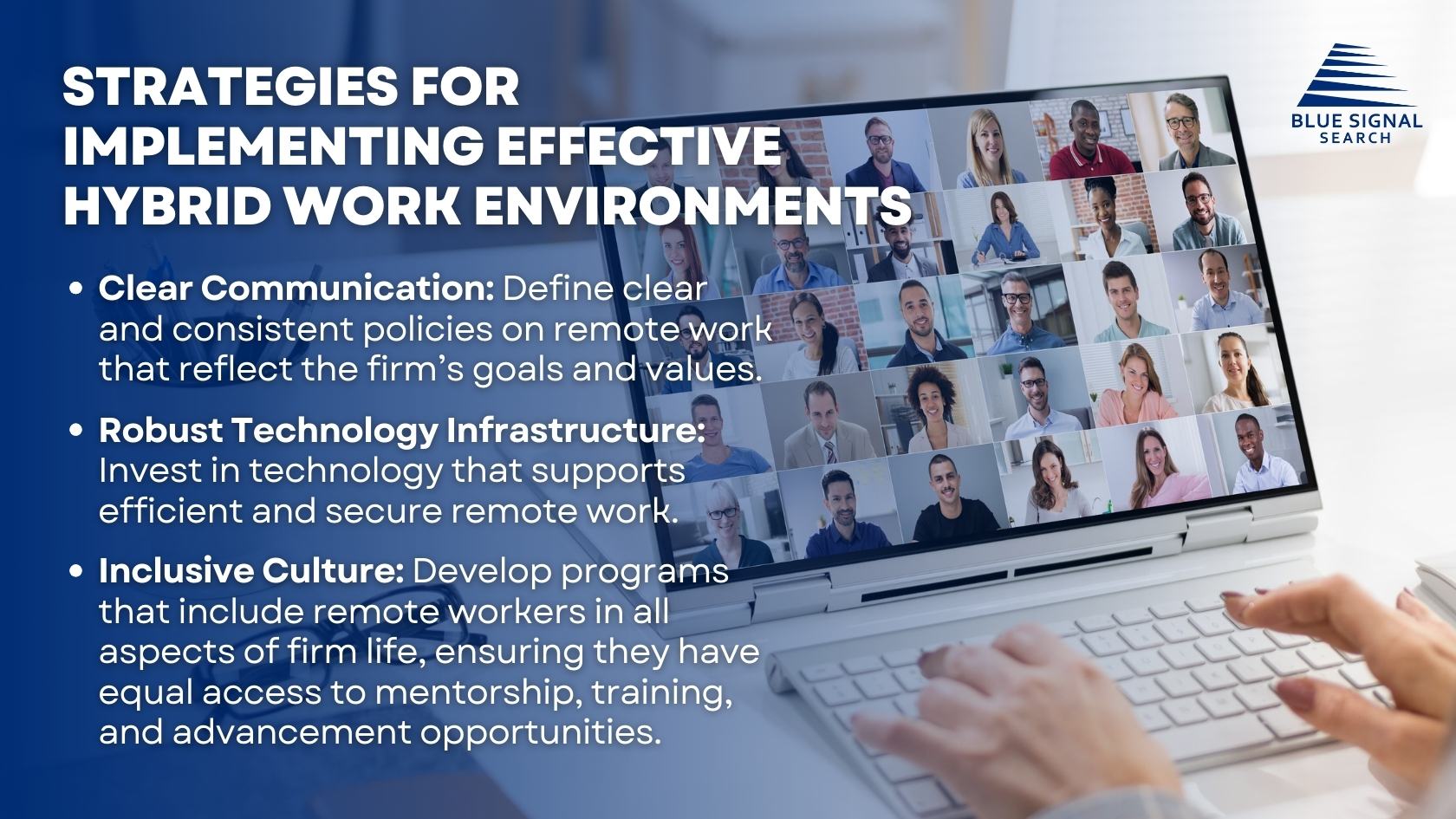
As legal practices continue to navigate these changes, the successful integration of hybrid work models will become a cornerstone of strategic hiring. Law firms that can effectively merge traditional work settings with the evolving preferences for flexibility will not only attract top legal talent but will also set a new standard in the legal industry. This commitment to adaptability and employee satisfaction is what will differentiate forward-thinking firms in a competitive marketplace.
Key Takeaways in Legal Recruitment Trends
As we've explored in this discussion on legal recruitment trends, the legal industry is undergoing significant transformations. The rise of new legal specialties and the increasing demand for flexible work environments are reshaping how law firms approach hiring. For firms to remain competitive, embracing these changes is crucial. They must not only adapt their recruitment strategies to attract specialized talent but also innovate their workplace cultures to align with the expectations of today’s legal professionals.
The future of legal recruitment hinges on a firm's ability to anticipate and react to these trends proactively. By fostering a workplace that values flexibility, continuous learning, and inclusivity, firms can attract and retain the top talent necessary to thrive. As your partner in legal recruitment, Blue Signal is dedicated to guiding you through these complexities with expertise and tailored solutions. Let’s work together to transform these challenges into opportunities for growth and success in your legal practices.
Partnering with Blue Signal: Your Legal Recruitment Experts
At Blue Signal, we excel in navigating the intricacies of legal recruitment by staying ahead of legal recruitment trends to connect you with the industry's best talent. Our team of experts is deeply embedded in the legal community, enabling us to not only anticipate market trends but also to ensure that your firm meets its hiring goals effectively. Meet our legal recruiting specialists, Katt Dawiedczyk and Meaghan Jenkins. Their expertise in the legal job market has been instrumental in expanding our legal talent pool and securing pivotal placements that propel both firms and candidates toward success.
We provide tailored consulting to fully understand your unique needs and develop recruitment strategies that align with your firm’s goals and culture. Whether you're looking to refine your recruitment approach or seeking insights on the latest legal hiring trends, we're here to assist. Reach out to us for a personalized consultation to enhance your hiring practices and ensure you're not just filling positions, but genuinely elevating your team with the best in the business.
Partner with us for your next hire.
Set up a free consultation with a recruiting manager. Tell us about your hiring need.
By submitting this form, you consent to receive communications from Blue Signal, including phone calls, emails, and text messages.
